More than 180 million miles of electrical, telephone, and cable lines stretch across the United States. These wires serve a critical purpose, but they are vulnerable to extreme weather and natural disasters. The rising number of violent storms in recent years has made utility undergrounding more important than ever. Upgrades to energy infrastructure also provide opportunities to improve the aesthetics of our landscapes and communities.
Undergrounding is the most comprehensive and effective way of reducing the impact of utility wires. The practice is common in countries known for their scenic beauty, such as the Netherlands, Switzerland, Germany, and Great Britain.
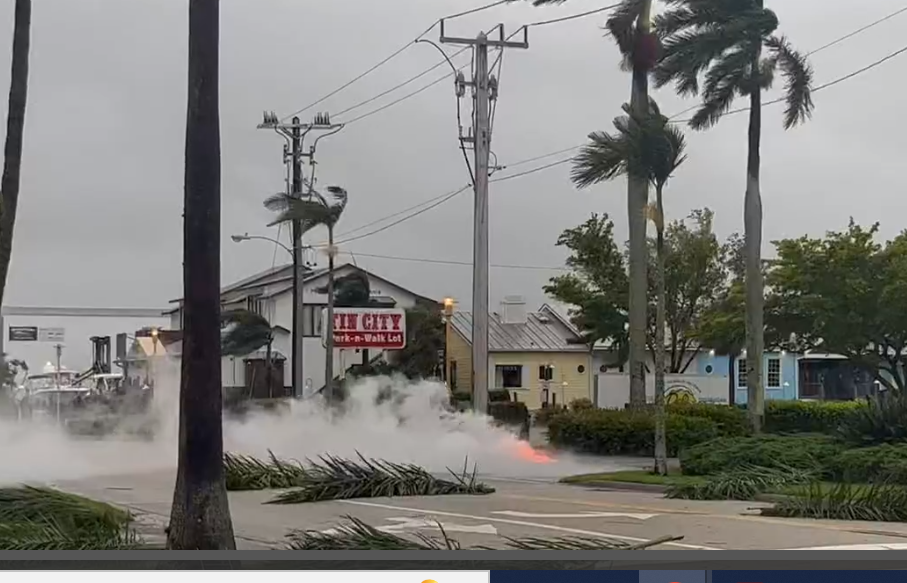
The Threats of Overhead Wires
Overhead wires are many times more susceptible to failure during storms than underground utilities. The loss of electric power causes major economic disruption. The cost for maintenance and repair of damaged lines is often borne by utility companies’ customers.
Overhead wires were also determined to be the source of many of the disastrous fires that have devastated the western states in the past few years, causing loss of life and property.
Economic Benefits of Undergrounding
Undergrounding reduces weather-related power outages, which can have significant economic impacts. The President’s Council of Economic Advisers and the U.S. Department of Energy collaborated on a report in 2013 that estimated the total annual cost of weather-related power outages to be $18-$33 billion. Based on media reliability improvements, Scenic America calculates that nationwide, undergrounding could save $17.1 billion per year in lost economic activity due to power outages.
Visual improvements to commercial areas attract new business, stimulate economic development, and increase property values. A 2016 Texas study found that house prices were 5-20% higher after wires went underground.
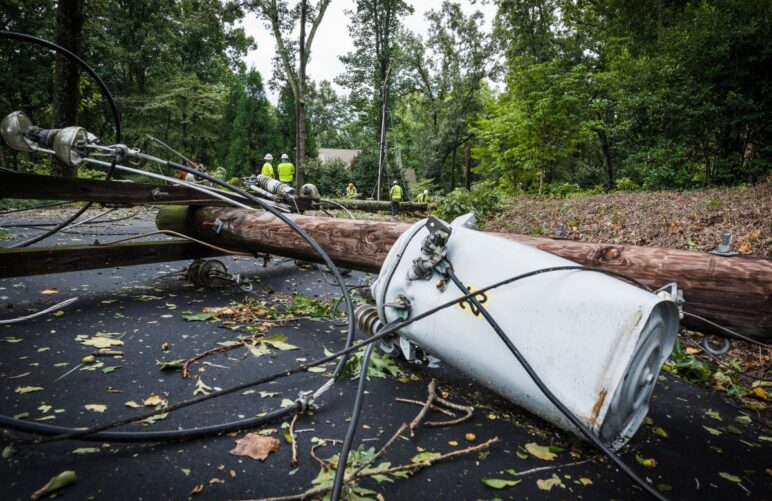
$33B
The annual cost of weather-related power outages is up to $33 billion.
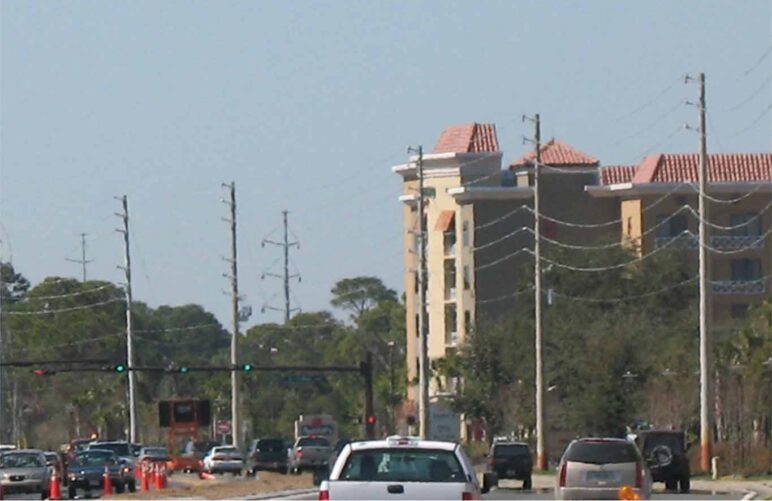
$17B
Undergrounding could save $17.1 billion per year in lost economic activity.
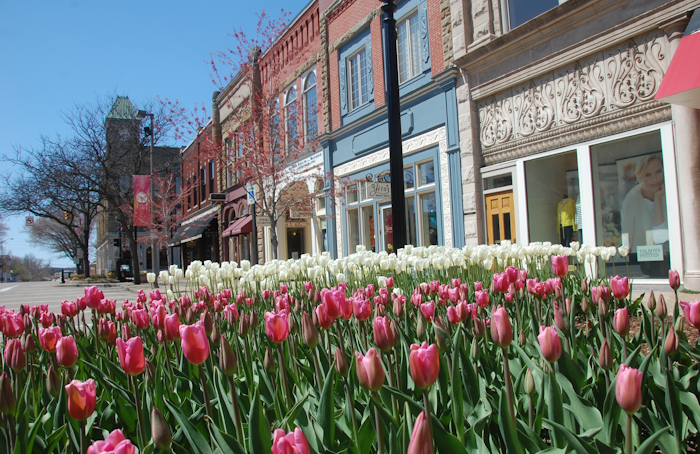
20%
Studies show that house prices rose 20% after wires were buried.
Aesthetic Benefits
Community beautification projects are easier to implement with fewer utility wires to work around. Projects like sidewalk widening and tree planting can also take place more seamlessly without the obstacle of power lines.
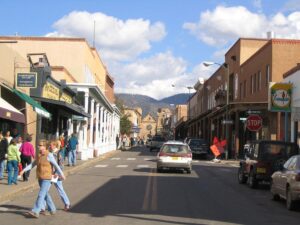
While all communities stand to benefit from undergrounding, historic towns and neighborhoods are especially threatened by blight from intrusive overhead wires. Protecting these communities and their special historic qualities will help promote economic resilience while also ensuring the safety of our nation’s cultural heritage.
Safety and Community Health
Burying lines reduces fire hazards, accidents, safety risks, and power outages due to downed lines.
Following emergencies, communities can also recover more quickly if key infrastructure remains intact. When extreme weather events occur, first responders must contend with dangerous downed power lines and loss of power while they try to address medical emergencies. Removing these threats will make emergency personnel that much more effective and can help save lives.
Reduced Maintenance
Undergrounding eliminates weather-related power outages and provides more reliable service to citizens. Falling tree limbs, high winds, and heavy snow will not cause the same disruptions or damages.
Environmental Benefits
According to the U.S. Fish and Wildlife Service, every year 31.1 million birds are killed by overhead utility lines (25.5 million from collisions and 5.6 million from electrocutions). The risk is particularly high for larger birds, such as raptors, as well as herons, egrets, and storks that roost in elevated areas or travel between breeding, feeding, and nesting in flocks.
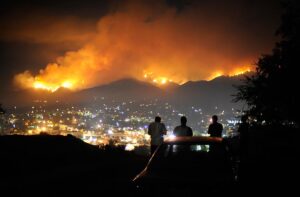
Forests and trees also greatly benefit from efforts to bury utility wires. California electrical provider Pacific Gas & Energy reported 1,051 fire incidents caused by overhead electrical power lines in the three-year period from 2014-2016. The problem has only worsened. In 2019, electrical power lines were responsible for 65% of the total acres burned in California, inflicting $388,843,293 in damages.
In addition, the U.S. utility industry spends $33 billion annually on “vegetation management,” which translates into cutting down or maiming trees to make way for overhead utility wires. Clearing vegetation around transmission lines can create soil runoff, and when chemical agents are used in vegetation control, these chemicals also leach into the water.
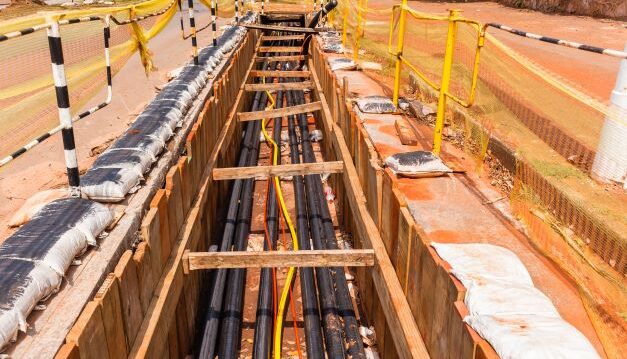
Making Undergrounding More Accessible
Thanks to new techniques and practices, the cost of undergrounding can be significantly reduced. Local, state, and national funding sources also make undergrounding more accessible.
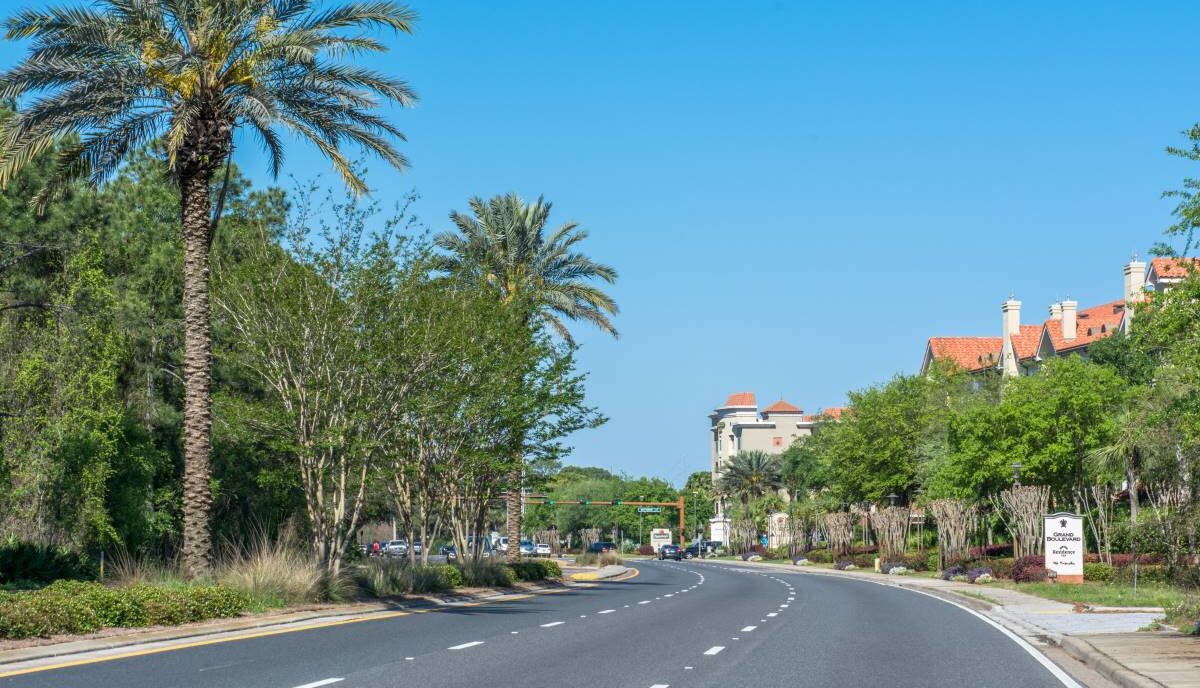
Case Studies
Learn about successful undergrounding efforts in communities across the country.
Related News
-
 Feldman addresses outdoor advertising and undergrounding in AASHTO podcast interviewScenic America director of policy and research joins podcast to address billboard blight and the…
Feldman addresses outdoor advertising and undergrounding in AASHTO podcast interviewScenic America director of policy and research joins podcast to address billboard blight and the… -
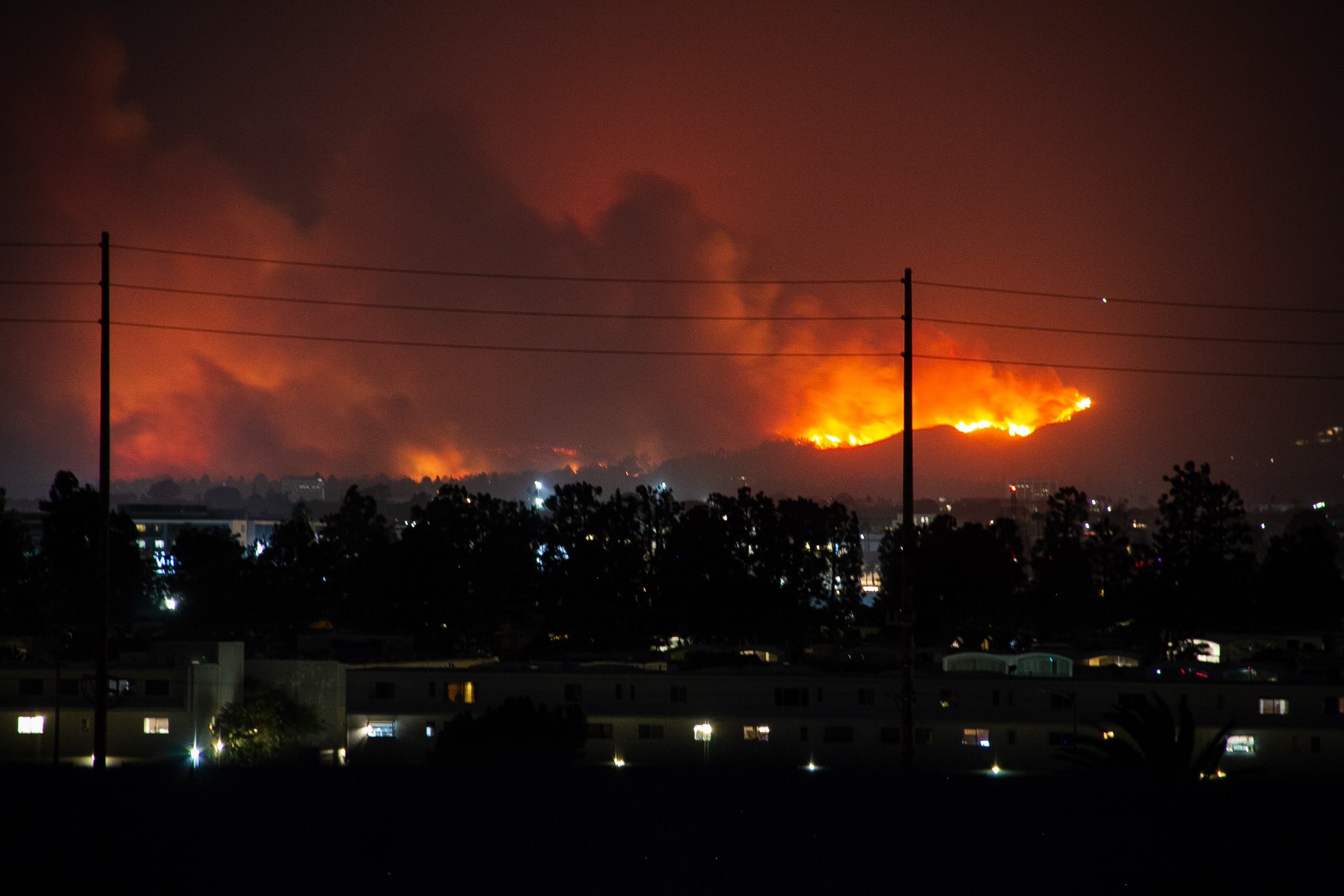 Scenic America Applauds Southern California Edison’s Shift Toward Undergrounding Power…Scenic America strongly supports Southern California Edison’s announcement to expand undergrounding of power lines in…
Scenic America Applauds Southern California Edison’s Shift Toward Undergrounding Power…Scenic America strongly supports Southern California Edison’s announcement to expand undergrounding of power lines in… -
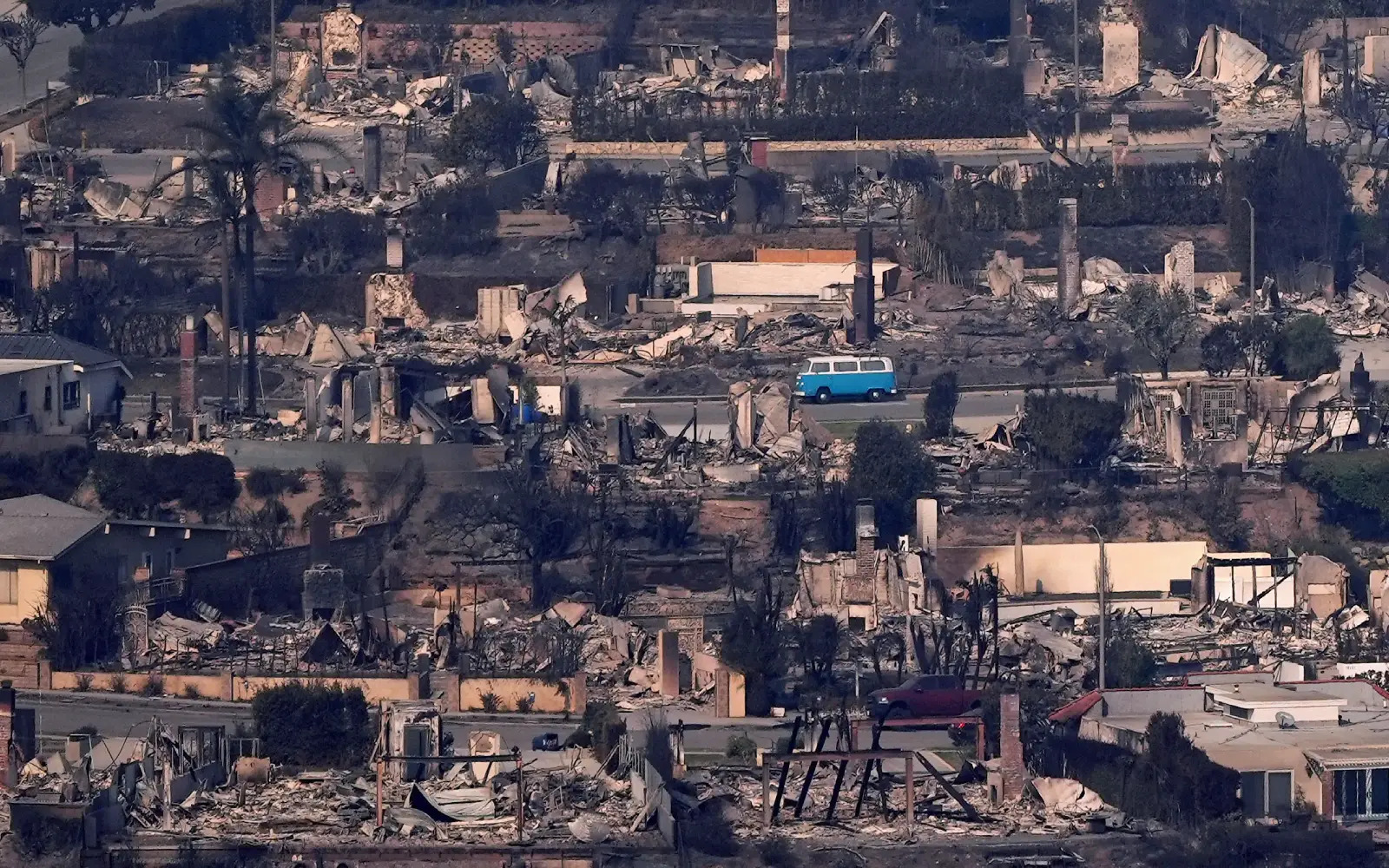 Scenic America Statement on Governor Newsom’s Executive Order to Expedite…Governor Gavin Newsom recently issued an executive order to fast-track the undergrounding of power lines…
Scenic America Statement on Governor Newsom’s Executive Order to Expedite…Governor Gavin Newsom recently issued an executive order to fast-track the undergrounding of power lines… -
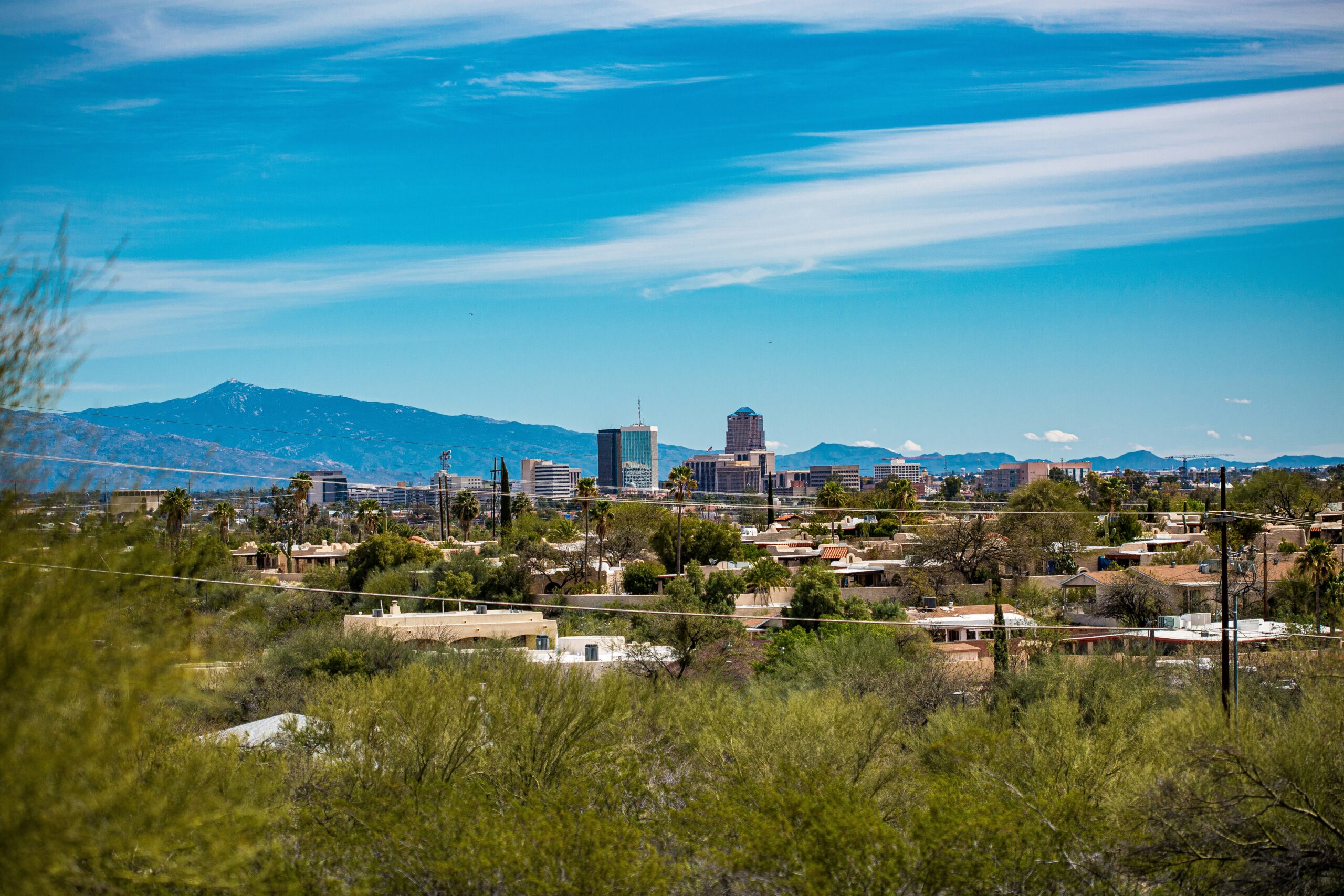 A Victory for Scenic Beauty and Community Character in Tucson,…In a victory in the fight to protect Tucson, Arizona’s scenic beauty, the Tucson Zoning…
A Victory for Scenic Beauty and Community Character in Tucson,…In a victory in the fight to protect Tucson, Arizona’s scenic beauty, the Tucson Zoning…